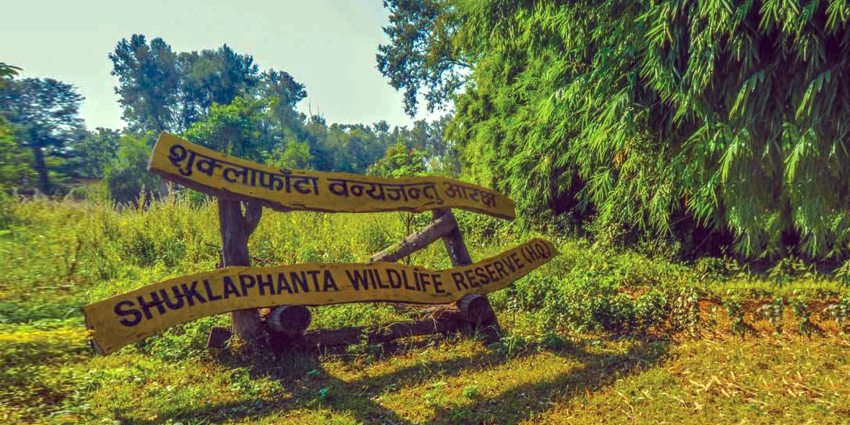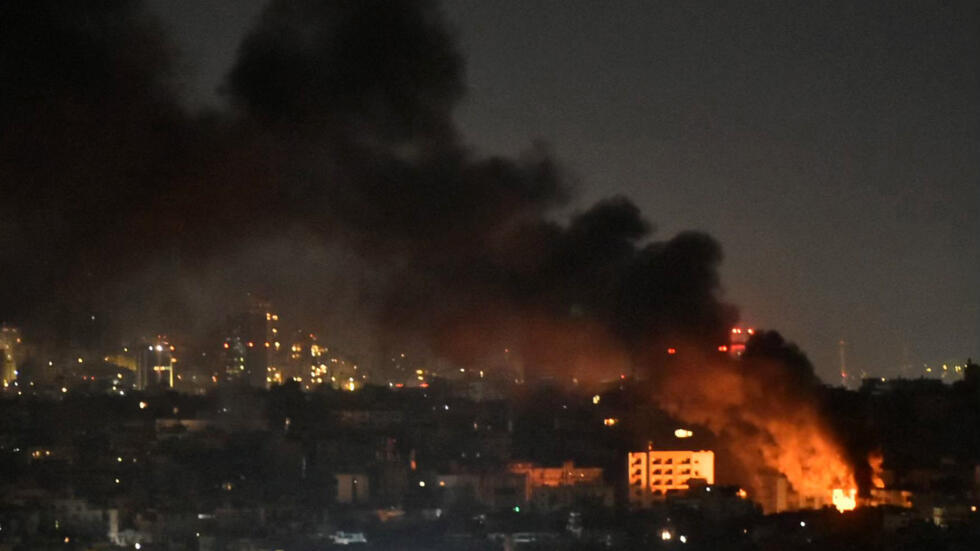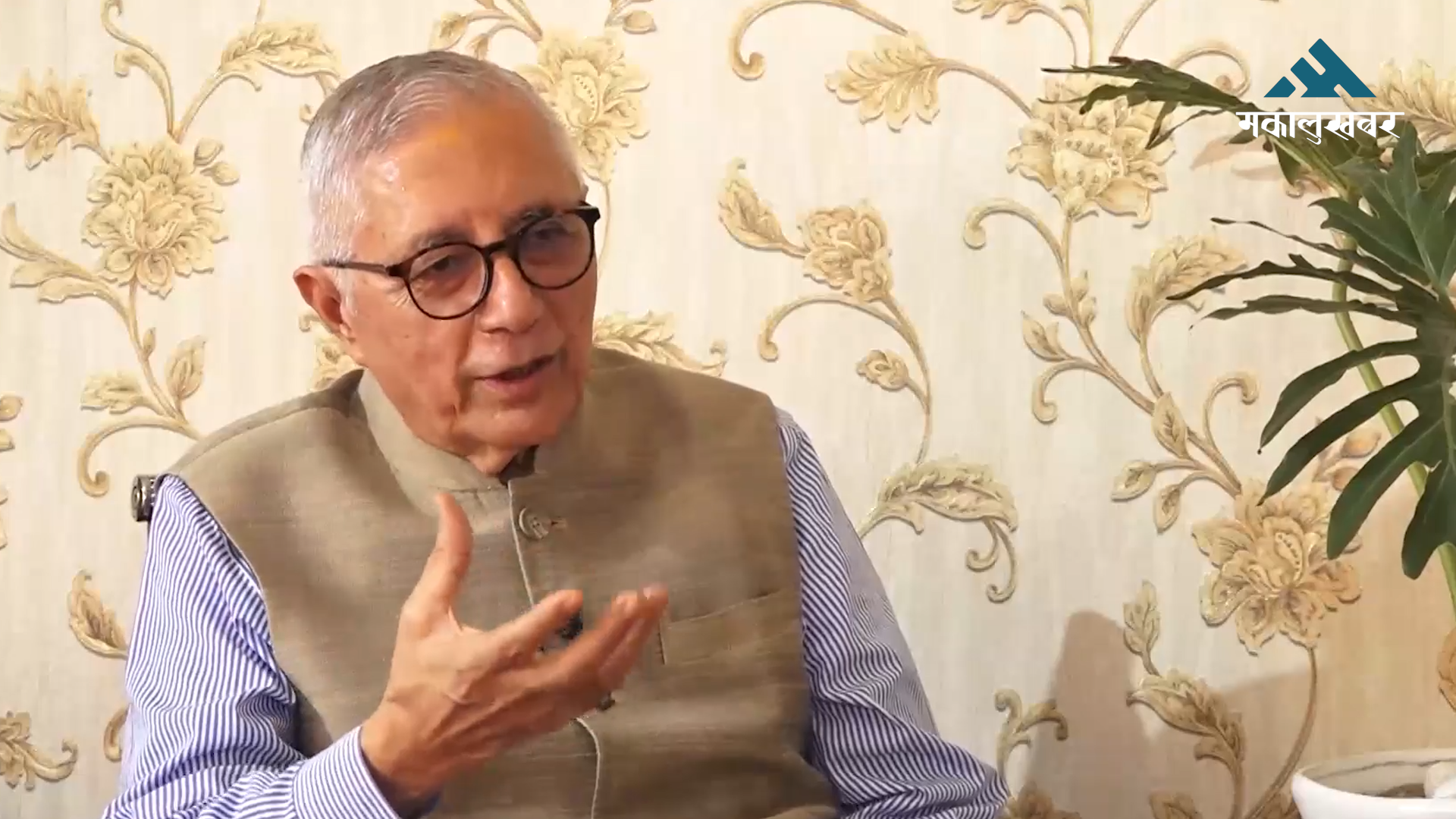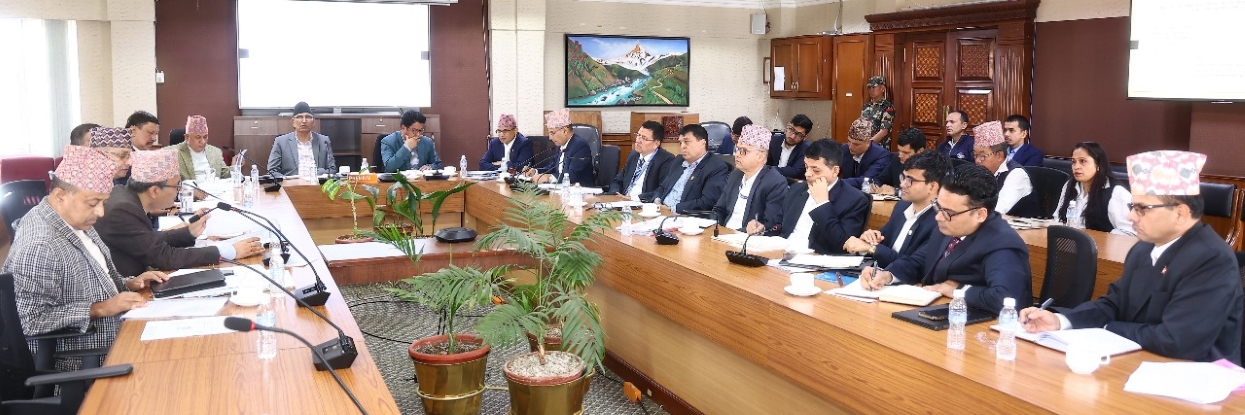Those displaced by Shuklaphanta Reserve in wait for justice for over two decades

KATHMANDU: It has been 23 years since those displaced by the former Shuklaphanta Wildlife Reserve (now Shuklaphanta National Park) have awaited rehabilitation. Despite the formation of 32 commissions over the years to address their concerns, their problems remain unsolved.
Recently, on 18 Sept, the government formed a six-member high-powered judicial commission, led by a former High Court justice Jayananda Paneru, but those affected remain skeptical about whether their issues will be addressed.
“The government has rendered us homeless, and we have been clamoring for justice for the past 23 years,” said Sareram Lohar of the Dhakka camp. “We live in a camp amidst the fear of wildlife, without electricity and are not allowed to use land here without the park’s permission.”
He had lost 2.5 bigha of land (one bigha is equal to 6772.63 sq. metres) at Rauteli Bichawa to the extension of the Reserve.
“Leaders visit us with promises to address our issues, yet our problems persist. We lack schools for our children, and at night, wild elephants invade our settlement,” said Lohar.
Previously, the Commission led by Thakur Prasad Sharma identified the need to manage the situation of 1,480 families displaced by the Reserve.
The Commission recommended providing each family with 2 to 3 kattha of land (one kattha is equal to 338.623sq metres) or up to Rs 50,000 for rehabilitation.
Hira Singh Bhandari, Chair of the Park Displaced (Dhakka Camp) Struggle Committee, stated that the community has been suffering since 2058 BS. Currently, displaced families are taking shelter in 17 camps, with 604 families in Dhakka Camp, 180 in Tarapur, and 13 in Lallare Danda.
However, Paneru stated that the Commission has already begun its work and aims to resolve the issues within three months of starting the process.
The original Reserve, which spanned 155 square kilometers, has since been expanded to 305 square kilometers toward the east.









